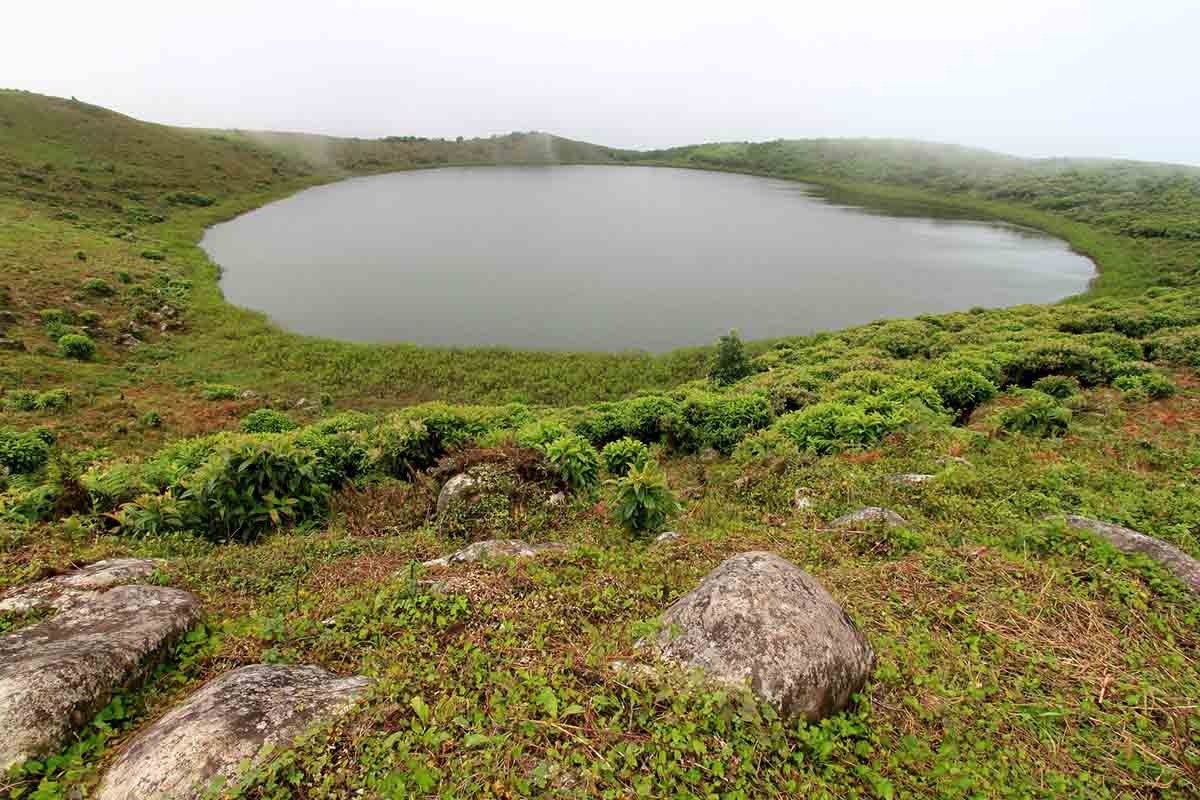Baltra Island
On arrival at Baltra Airport all visitors pay their entrance fee to the Galapagos National Park, pass through immigration control, purchase their bus tickets, claim their checked pieces and get their hand luggage checked by the Galápagos Biosecurity Agency (ABG also known as our Quarantine system). The Samba’s naturalist guide will assist you with as you come out of the terminal and accompany to the bus.
Santa Cruz Island: Highlands
We travel on LOBITOS (bus company) to the south end of the Island (7 minutes ride). We cross the Itabaca Channel on a small ferry (barge) to land on the north coast of Santa Cruz. We embark on another bus to travel through the Island and visit the highlands. We stop at El Chato 2 (private tortoise reserve) and have lunch around 13:00.
It is strongly recommended to wear appropriate gear for this visit to the Highlands. Because the area is under constant influence of moisture is likely to be muddy and humid. Pants, proper shoe wear and a rain jacket are a must.
After spending quality time with our gentle giants and walking through a lava tunnel we travel on our bus to Puerto Ayora. In town guests have a few minutes to walk by the main street before we head to the Samba. We will be on board around 17:30 and dinner will be around 19:00.



